What if you could transform your marketing strategies by mastering attribution methods? In today's complex digital landscape, understanding how various marketing efforts contribute to conversions is crucial for optimizing your budget and maximizing ROI. Many marketers still rely on outdated attribution models, such as last-click attribution, which oversimplify the customer journey and can lead to misallocation of resources. As consumers interact with multiple touchpoints before making a purchase, it's essential to embrace more sophisticated attribution alternatives that provide deeper insights into the effectiveness of each channel. By the end of this article, you'll know exactly how to navigate the evolving world of marketing attribution and explore innovative alternatives that can enhance your strategy.
Traditional attribution models often oversimplify the customer journey. Many businesses still depend on last-click attribution, which neglects the influence of earlier touchpoints. Picture a customer who first learns about a product through social media, engages with an email campaign, and finally converts via a direct website visit. This scenario illustrates how crucial it is to recognize the various influences on a consumer’s decision-making process. By acknowledging the limitations of standard models, marketers can make better decisions regarding budget allocation and strategy development. For those looking to expand their understanding further, exploring the best marketing attribution tools can provide valuable insights.
Let's navigate the list of top Attribution App alternatives.
Best for: Real-time multi-touch attribution and marketing analytics.
Cometly offers a comprehensive approach to tracking customer interactions across channels.

Overview & Background: Cometly is designed to help marketers understand the full impact of their campaigns by providing insights across the customer journey. Its advanced analytics capabilities enable real-time tracking of interactions, allowing for timely optimizations.
Key Features:
1. AI-Driven Insights: Cometly leverages artificial intelligence to provide actionable insights based on user behavior.
2. Analytics Tools: Offers a suite of analytics tools that simplify data interpretation.
3. Customer Journey Mapping: Visualizes each touchpoint, giving marketers a clear understanding of their customer’s path.
How It Works: Users can integrate Cometly with existing marketing tools to unify data sources and enhance tracking capabilities.
Pricing & Plans: Cometly offers competitive pricing, with various tiers to accommodate different business needs.
Why It's Great for Marketing Professionals: It allows for in-depth analysis, helping marketers make informed decisions to enhance their campaigns.
Best for: Businesses seeking free attribution solutions.
Google Analytics 4 revolutionizes data collection and user journey tracking.
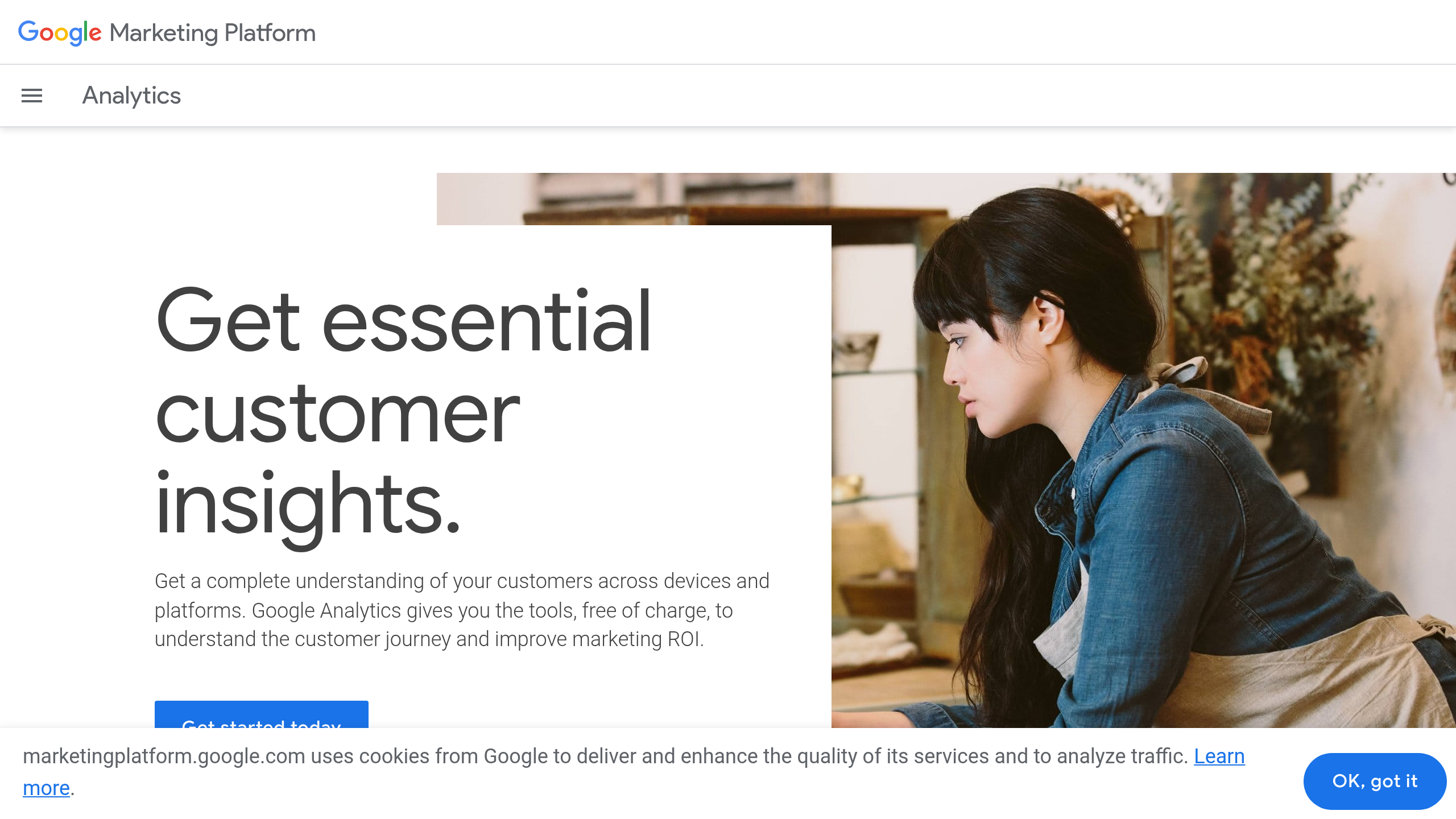
Overview & Background: This tool is the latest iteration of Google Analytics, offering improved capabilities for tracking user interactions across web and app platforms.
Key Features:
1. Enhanced Measurement: Automatically tracks important events and user interactions.
2. AI-Powered Insights: Provides predictive analytics capabilities to forecast user behavior.
3. Event Tracking: Allows marketers to customize the events they want to measure.
How It Works: Users set up tracking through a simple interface, enabling robust reporting to understand user interactions better. Learn more about top GA4 alternatives.
Pricing & Plans: Google Analytics 4 is free to use, making it an accessible option for businesses of all sizes. Learn more about top Google Analytics alternatives.
Why It's Great for Small to Medium-Sized Businesses: The tool offers extensive insights without the cost, making it ideal for businesses looking to maximize their marketing budget.
Best for: Inbound marketing integration.
HubSpot combines marketing, sales, and service tools into one platform.

Overview & Background: HubSpot is known for its inbound marketing capabilities, providing a comprehensive CRM solution that integrates well with various marketing channels.
Key Features:
1. CRM Integration: Seamlessly integrates with the HubSpot CRM for streamlined data management.
2. Analytics Dashboards: Offers customizable dashboards for data visualization and performance tracking.
3. Marketing Automation: Automates marketing processes to save time and improve efficiency.
How It Works: Users can set up their marketing campaigns within HubSpot, utilizing its tools to manage leads and analyze performance.
Pricing & Plans: HubSpot offers a free tier, with paid plans available for advanced features.
Why It's Great for Companies Focused on Inbound Marketing Strategies: The integration of multiple tools in one platform simplifies marketing efforts and enhances attribution accuracy. Learn about the top HubSpot alternatives.
Best for: Enterprises needing advanced analytics.
Adobe Analytics provides in-depth data analysis capabilities for large businesses.
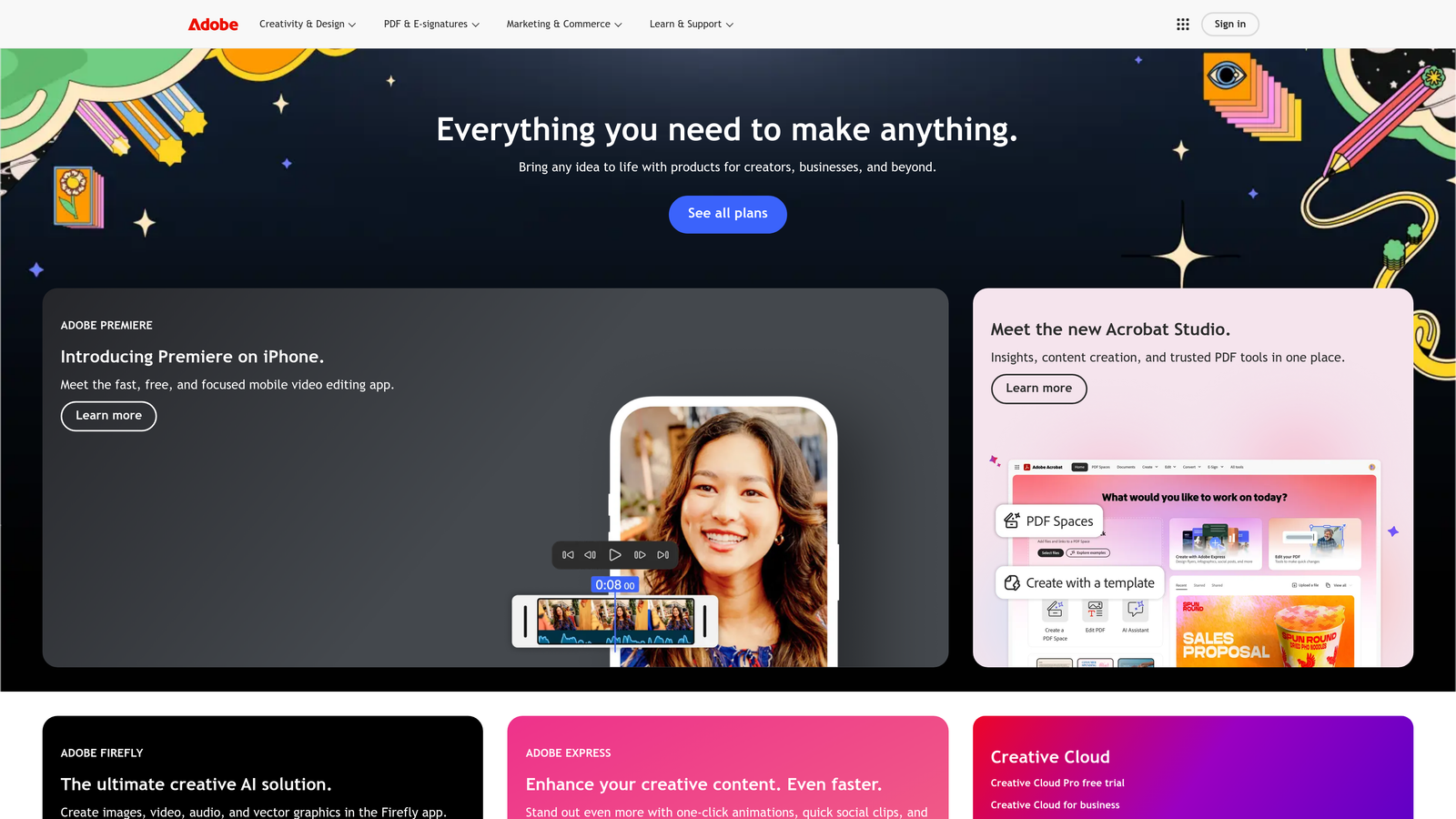
Overview & Background: Adobe Analytics offers powerful features for segmentation, reporting, and real-time data processing, making it suitable for enterprises with complex data needs.
Key Features:
1. Predictive Analytics: Uses machine learning to provide forecasts based on historical data.
2. Customer Journey Analysis: Helps visualize the entire customer journey for better insights.
3. Customizable Dashboards: Users can create tailored dashboards to focus on metrics that matter most to their business.
How It Works: Adobe Analytics integrates with other Adobe products to provide a comprehensive view of marketing performance.
Pricing & Plans: Pricing is premium, reflecting its advanced capabilities tailored for larger organizations.
Why It's Great for Large Organizations: It offers comprehensive features that cater to complex data needs, providing actionable insights across multiple channels. Learn more about top Adobe Analytics alternatives.
Best for: Comprehensive customer data platforms.
Segment helps businesses unify customer data from different sources.
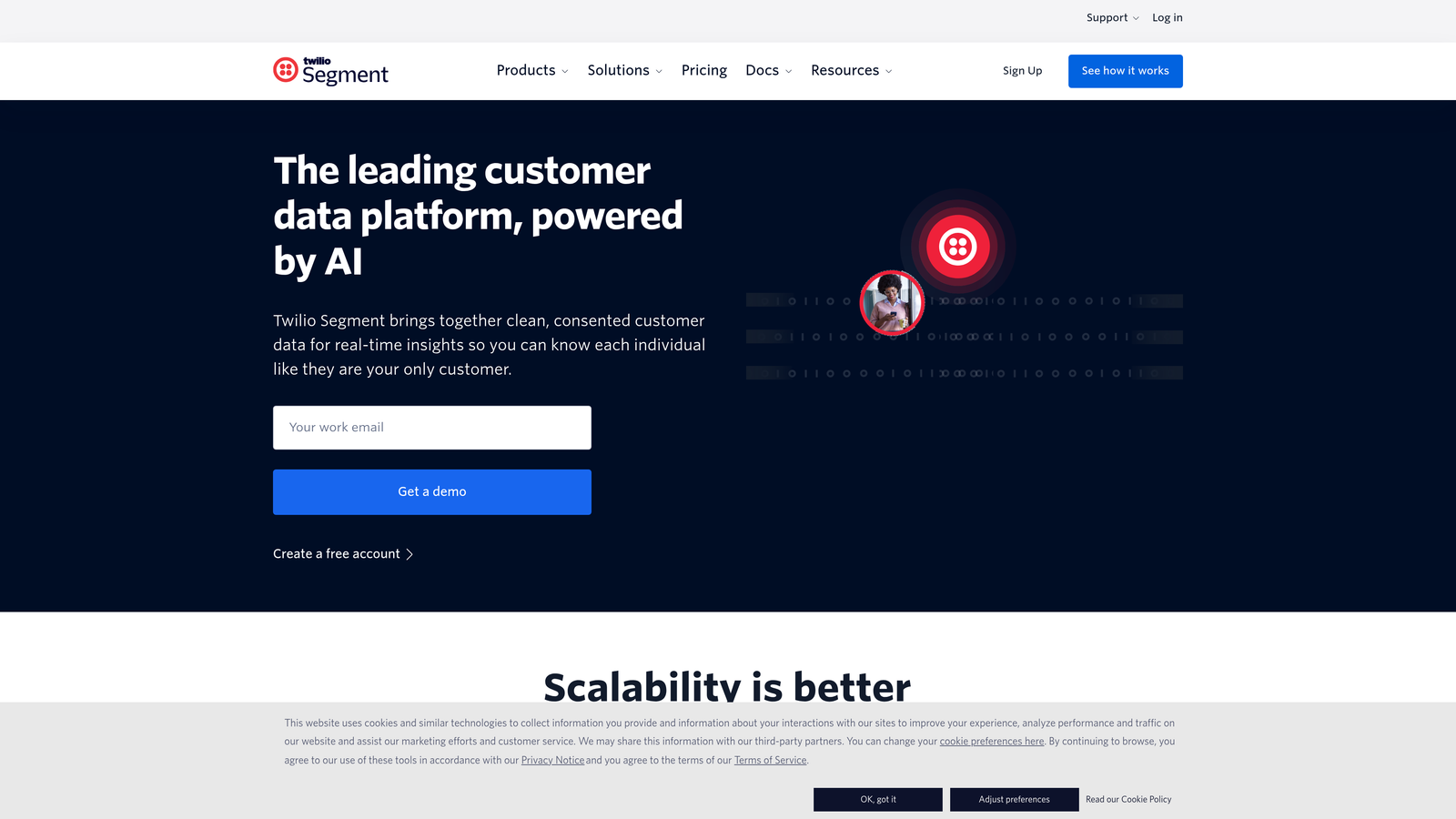
Overview & Background: Segment is a leading customer data platform that simplifies data integration and helps marketers understand their customers better.
Key Features:
1. Real-Time Data Collection: Gathers data from various touchpoints in real time.
2. Integration with Third-Party Tools: Easily integrates with a variety of marketing and analytics tools.
3. Robust Analytics: Provides detailed insights into customer behavior and interactions.
How It Works: Users implement Segment’s tracking code on their websites and apps to begin collecting data across channels.
Pricing & Plans: Pricing scales based on usage and features, catering to businesses of different sizes.
Why It's Great for Organizations Needing a Centralized Customer Data Solution: It consolidates data effectively, making it easier to analyze and act upon customer insights.
Best for: Product analytics and user engagement insights.
Mixpanel focuses on tracking user interactions with products.
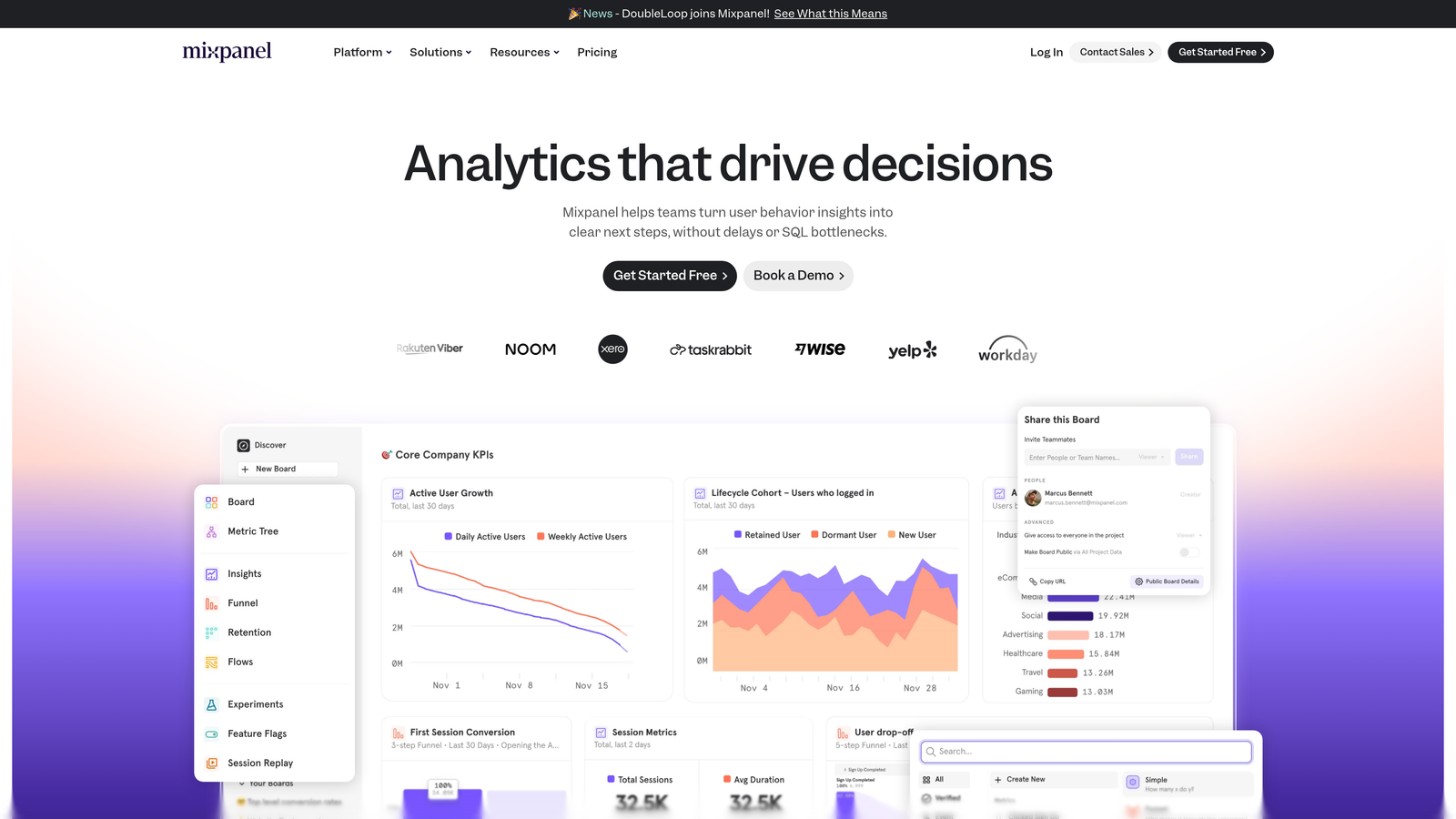
Overview & Background: Mixpanel specializes in product analytics, offering tools to track user behavior and engagement over time.
Key Features:
1. Funnel Analysis: Helps track user progression through various stages of interaction.
2. Cohort Analysis: Provides insights into user retention and engagement patterns.
3. A/B Testing: Allows users to conduct experiments to optimize product features and user experiences.
How It Works: Users can set up events and track user interactions, providing valuable insights into product performance.
Pricing & Plans: Mixpanel offers a free tier, with paid plans for businesses requiring more advanced features. Learn more about top Mixpanel alternatives.
Why It's Great for Product-Focused Teams: Its detailed analytics help product teams understand user behavior and improve engagement.
Best for: Customer behavior tracking.
Kissmetrics emphasizes the importance of understanding customer actions over time.
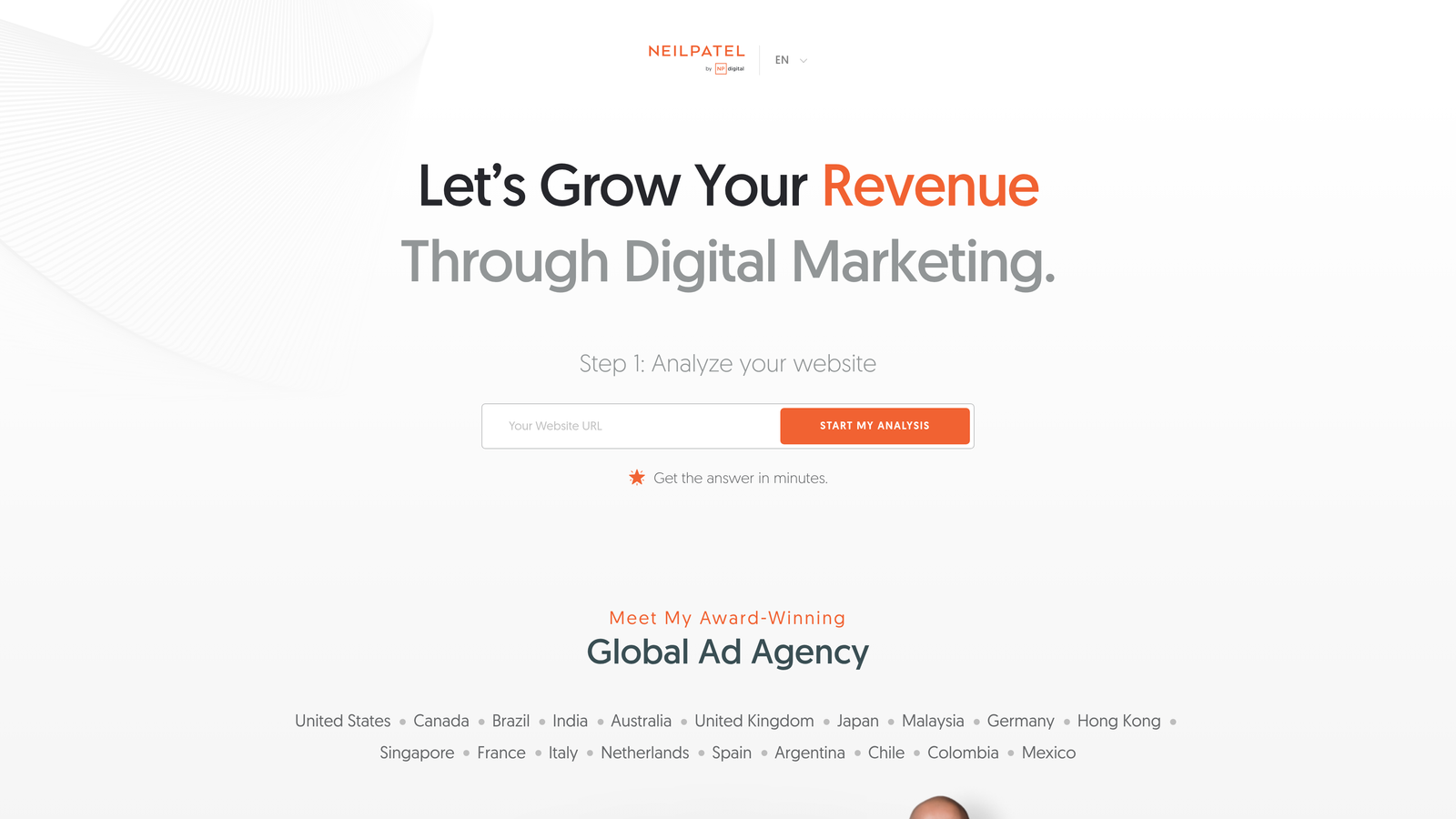
Overview & Background: Kissmetrics focuses on tracking customer journeys and behaviors, providing marketers with essential insights into user actions.
Key Features:
1. Funnel Tracking: Visualizes the path users take before conversion.
2. A/B Testing: Enables marketers to test strategies for optimizing conversions.
3. User Segmentation: Allows for detailed analysis of different user groups.
How It Works: Users implement tracking scripts to gather data on user interactions and behaviors.
Pricing & Plans: Kissmetrics offers flexible pricing based on the features and usage levels. Learn more about top Kissmetrics alternatives.
Why It's Great for Companies Focused on E-commerce and Retention: Its detailed analytics help businesses enhance customer engagement and retention strategies.
Choosing the right attribution tool is critical for maximizing marketing effectiveness. Factors such as budget, company size, and specific marketing goals should drive your selection process. Many businesses must assess their unique needs and how each tool aligns with their marketing strategy. For instance, a small business may prioritize affordability and ease of use, while an enterprise may require advanced features and integrations.
Taking the time to evaluate your options can lead to more effective marketing decisions and ultimately enhance your overall performance metrics.
Implementing alternative attribution methods involves planning, testing, and optimizing. Start by trialing one or two tools, analyzing the results, and adjusting strategies accordingly. For example, a company might begin using Google Analytics 4 alongside Cometly to compare insights and understand how different tools contribute to their overall marketing success.
Embrace experimentation and continuous improvement in your attribution strategies. The insights gained from exploring attribution alternatives can transform your marketing efforts and lead to better budget allocation and improved ROI.
Ready to take your marketing attribution to the next level? Get your free demo today and discover how our solutions can help you optimize your marketing strategies effectively.
Learn how Cometly can help you pinpoint channels driving revenue.
.svg)
Network with the top performance marketers in the industry